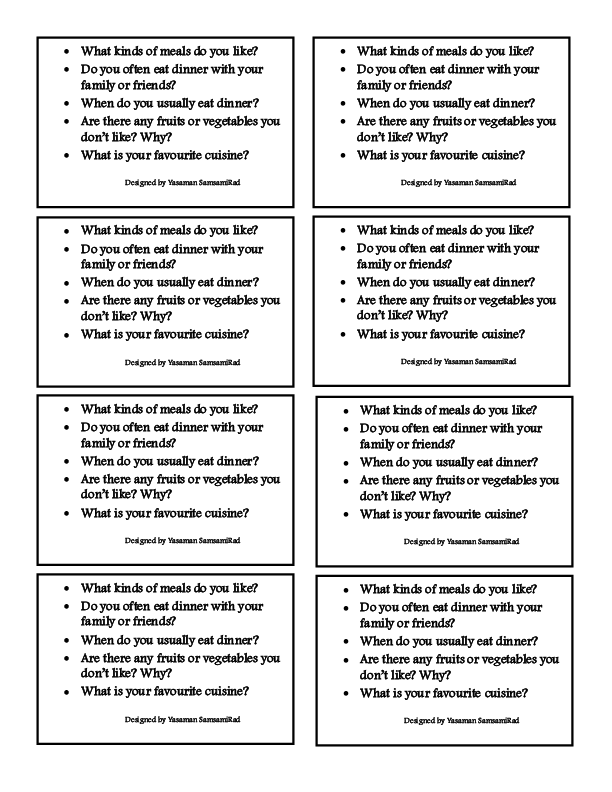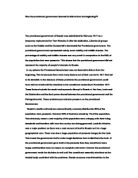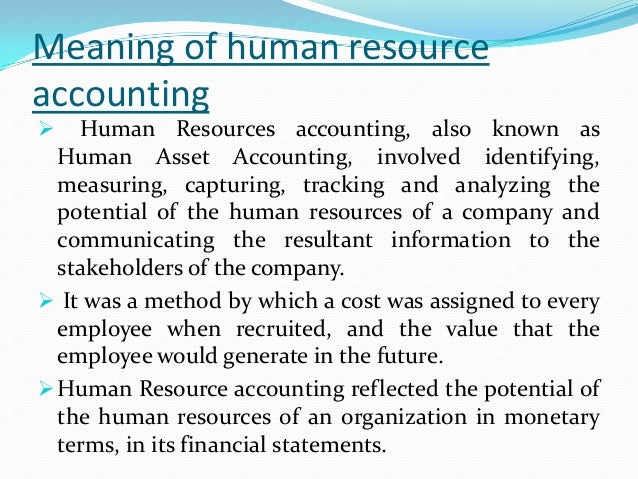Is Silence Music? A Short Analysis of John Cage’s 4’33.
Essays and criticism on John Cage - Critical Essays. John Cage 1912-1992 (Full name John Milton Cage, Jr.) American poet, composer, essayist, and graphic artist.The Quietus is always happy to see the excellent charities CALM (Campaign Against Living Miserably), the British Tinnitus Foundation and the Nordoff Robbins Trust given publicity. But, says David Stubbs, stop treating John Cage's 4'33.Looking for the Music in John Cage 4'33 .Looking for the music in John Cage’s “4.33” John Milton Cage born in 1915 is one of the best known experimental composers of our time. Cage began to create music that broke the boundaries of form and structure. He had a strong belief that every sound should be considered as a form of music. By.
Puns are effective because they exploit the tension between semantics and experience. Rauschenberg mined this mutually inflective dynamic in his hybrid practice, which necessitated the introduction of new descriptive language—like “Combine” and “flatbed picture plane”—into discourse to account for his works’ formal instability. 4 Indeed, Trophy IV (for John Cage) couples a.In most of the performances of John Cage’s famously silent composition 4’33”, the performer sits in front of what appears to be sheet music (as in the performance below).The audience, generally prepared for what will follow, namely nothing, may sometimes wonder what could be printed on those pages.

The official site for information about the life and works of John Cage, administered by the John Cage Trust.







.jpg)




